Real Number Data Representation – Part 2
Lab: Basics of Digitizing Data
Video Runtime: 10:18
Let’s continue our exploration of the numbering system and process for representing real numbers, i.e. floating point and fractional numbers.
Your key takeaways from this episode are:
- Computers use scientific notation for floating point
- The size of the machine determines the precision
- The binary pattern is a group of bits for the sign, exponent, and mantissa (or significand)
- Repeating patterns are rounded
- Approximation can occur
Study Notes
Be aware: Floating points can be approximations
There are inherit problems with floating point within computers. You need to be aware of these and compensate for them in your system. Case in point, depending upon the number computation, the result can be an approximation instead of the exact accurate number.
Approximation

- The repeating patterns are rounded
- The result is from that rounding
- It is an approximation of 0.1 + 0.2
Through these lessons, you learned about different numeric representations for integers, signed integers, single precision floating point, and double precision floating point. Each of these representations is different in binary.
Which Bit Mapping to Use
Are you wondering how the computer knows which bit mapping to use?
Depending upon the language you are writing code in, either you or the language will tell the machine which type of maths to execute. For example, for floating point, it’s a different instruction in machine code than an integer add instruction.
When was the last time you got out of your chair and stretched? Just saying…
Episodes
Total Lab Runtime: 02:59:07
- 1 Lab Introductionfree 03:56
- 2 Electronics “on” and “off” Statesfree 12:11
- 3 Symbol to Represent Quantityfree 14:26
- 4 Number System for Statefree 12:44
- 5 Binary – Combining 1s and 0sfree 19:25
- 6 Improving Binary Representationfree 13:45
- 7 The Age of 16 Bit and Hexadecimalfree 15:15
- 8 Binary Additionfree 03:59
- 9 Negative Integer Data Representation - Part 1free 10:06
- 10 Negative Integer Data Representation - Part 2free 18:42
- 11 Real Number Data Representation - Part 1free 17:12
- 12 Real Number Data Representation - Part 2free 10:18
- 13 Textual Data Representationfree 08:47
- 14 Digital Image Data Representationfree 18:21
